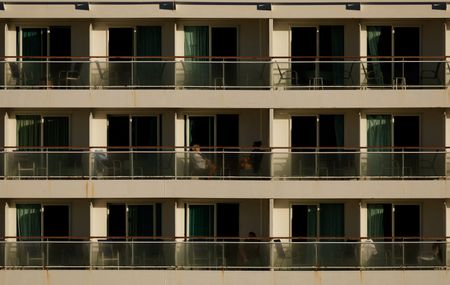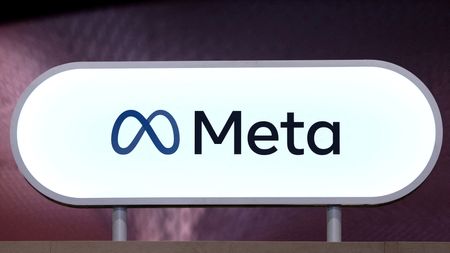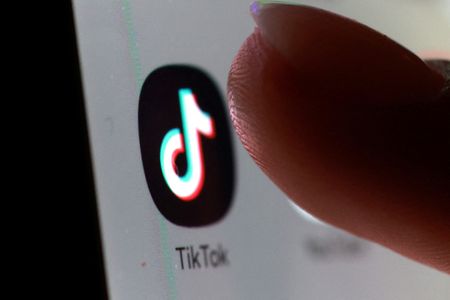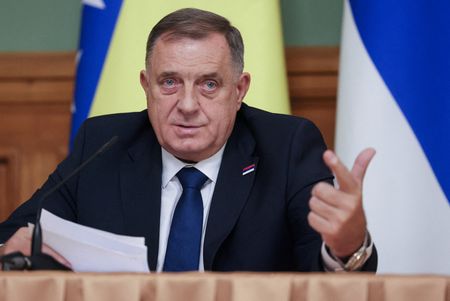By Balazs Koranyi
SOFIA (Reuters) -The European Union may need to come up with a bridging solution to keep Ukraine financed in early 2026 if a deal on an EU loan, based on immobilised Russian assets, continues to be delayed, European Economic Commissioner Valdis Dombrovskis said.
The European Commission has proposed to use the cash that has accrued from maturing Russian central bank assets immobilised in Europe, mainly in Belgium’s Euroclear securities depository, as the basis for a loan to finance Ukraine in 2026 and 2027.
But the EU executive has to address some risks to Belgium before the idea gets endorsed by EU governments, which for now have promised to address Kyiv’s pressing financial needs without specifying how they would do that.
“Our initial thinking was that we would be able to start providing, actually disbursing to Ukraine, already in the early second quarter of next year,” Dombrovskis said.
“The longer we run delays, the more challenging it will become. It may open questions on some possible bridging solutions or so,” he told reporters in Sofia.
Ukraine, which has been defending itself against a Russian invasion since February 2022, needs money for weapons as well as its regular budget. Sweden and Finland have estimated Kyiv’s unmet financing needs in 2026-2027 at 130 billion euros ($139 billion).
The Commission’s Reparations Loan could cover up to 140 billion euros, but it needs to be agreed first and at a summit on October 23 EU leaders failed to even give the Commission a clear mandate for further work.
BELGIUM CONCERNED OVER RISKS
The obstacle is that Belgium wants other EU governments to guarantee they would quickly come up with the cash if the assets were to suddenly be returned to Moscow and for other EU countries that hold Russian assets to also join the scheme.
Belgium also wants others in Europe to share the legal costs if Belgium is sued by Russia and for the Commission to provide a sound legal basis for the plan.
All this could mean delays in approving the scheme before the start of the second quarter of 2026, when the Commission estimates Ukraine will start running out of money and before EU leaders would have to come up with alternatives.
“I cannot enter now into detail (on a bridging solution), but the point is that Ukraine’s financing needs are sizable enough,” Dombrovskis said.
“If we run further delays without deciding on a Reparations Loan … then the question is how do we provide financial support to Ukraine early next year,” Dombrovskis said.
(Reporting by Balazs Koranyi, writing by Jan Strupczewski: Editing by Sharon Singleton)












